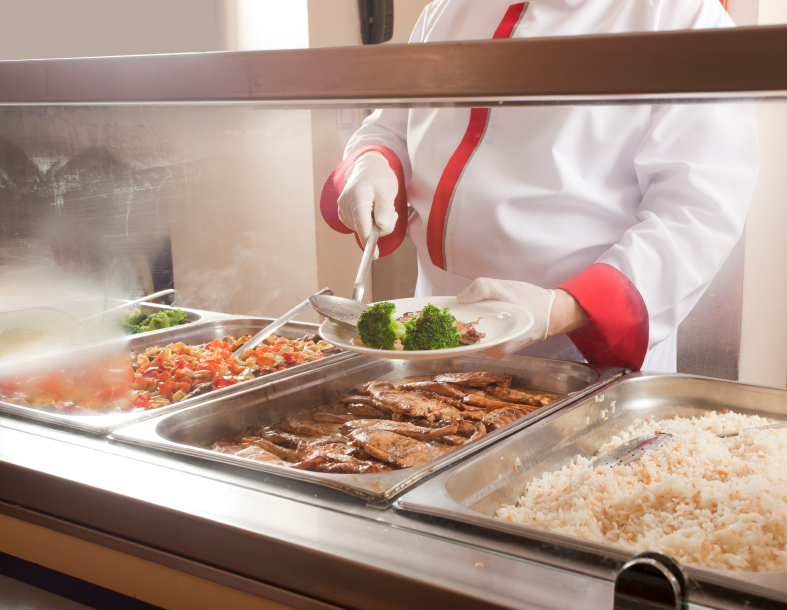
Knowing how to safely handle, store, and prepare foods is an important part of working in the food industry. By implementing proper safety procedures, you’ll be able to keep foods safe and prevent the spread of potentially harmful viruses, bacteria, prions, and other pathogens.
These harmful pathogens can sometimes enter the food supply when proper safety procedures aren’t closely followed. While they can appear in everything from fresh leafy greens to fresh fruits, they are more likely to grow in foods that are rich in protein and moisture like dairy, eggs, and meats.
Fortunately, you’ll quickly learn how to keep potentially hazardous foods like meat products safe during your food handling course. Here are some of the regulations you’ll learn to follow, and how they help keep food supplies safe.
Pros With a Food Handling Certificate Know that Safe Storage is Important
One of the first steps in keeping meats safe is to store them in the correct manner. Harmful bacteria can quickly grow when meat is at room temperature. In fact, in temperatures between 4.4°C and 60°C—often referred to as the ‘danger zone’—bacteria can double their numbers in just 20 minutes.
By refrigerating or freezing meats at safe temperatures, a professional with a food handling certificate can prevent bacteria from growing during storage. According to Ontario regulations, optimal temperatures for storage are at least 4°C for refrigeration and -18°C for freezing.

A frozen steak is stored at -18°C
And when a food item is being “distributed, maintained, stored, transported, displayed, sold and offered for sale,” that food’s internal temperature should be kept at either 4°C or lower or 60°C and higher.
Careful Preparation is an Important Part of Any Food Handling Course
Once you’re ready to prepare meat products for consumption, you’ll have to keep a few things in mind. For instance, if you’re thawing frozen meat, you’ll need to make sure that it is not thawed at room temperature. Meats should either be defrosted in refrigerators or in a clean sink under cold running water. Professionals know that small portions of meat can sometimes be cooked from their frozen state. Additionally, if a meat item is being served immediately after it is cooked it can also be thawed in the microwave.
It’s important to note that all items which come into contact with meat during preparation—from cooking utensils to cutting boards to countertops and beyond—should be thoroughly sanitized in order to avoid contamination. It’s also a good idea to use separate cutting boards for raw meats. Some food industry professionals colour code their cutting boards, using one particular colour to prepare meat and other colours for fish, poultry and vegetables.
A Good Food Handling Course Teaches Students to Consider Cooking Temperatures
A good food handling course will teach you that cooking helps to destroy some harmful bacteria that might be present in meat. That’s why it’s important for food safety professionals to respect safe cooking temperatures.
Different meats need to reach different minimum temperatures to be considered safe. For example, whole cuts of beef, veal, pork, and lamb need to reach a minimum exterior temperature of 71°C. For poultry, fish, and ground beef, internal temperatures need to be measured using a thermometer. Safe internal temperatures for these items can range from 70°C for fish, and up to 82°C for whole poultry.
Want to learn more about proper food handling procedures?
Sign up for the AAPS food handling course in Toronto to start your training.



